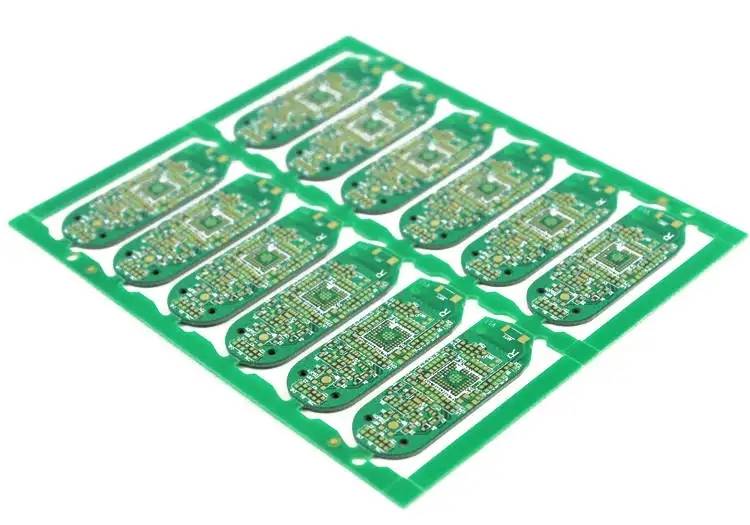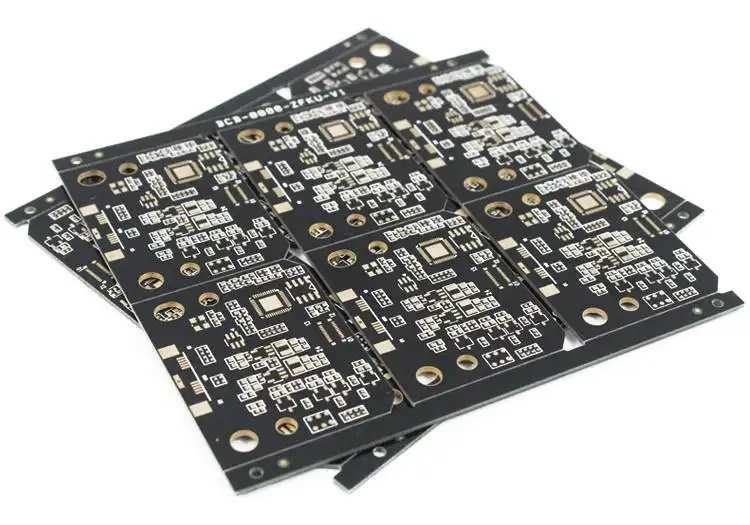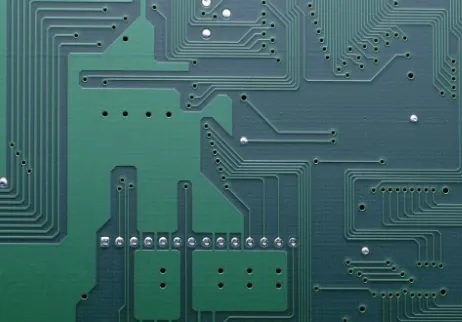
The PCB manufacturer introduces the method of estimating PCB wiring resistance
The design of printed circuit board is based on the circuit schematic diagram to realize the functions required by the circuit designer. The design of printed circuit board mainly refers to layout design, which needs to consider the layout of external connections. The optimal layout of internal electronic components, the optimal layout of metal wiring and through-hole, electromagnetic protection, heat dissipation and other factors. Excellent layout design can save production costs and achieve good circuit performance and heat dissipation. Simple layout design can be realized by hand, while complex layout design needs to be realized by computer aided design (CAD)
We usually need to quickly estimate the resistance value of a wire or a plane on a printed circuit board, rather than making tedious calculations. Although there are available PCB layout and signal integrity calculation programs that can accurately calculate the resistance of wiring, we sometimes hope to adopt a quick and rough estimation method in the design process.

There is a method that can easily accomplish this task, called "block statistics". With this method, the resistance value of any geometry can be accurately estimated in a few seconds (with an accuracy of about 10%). Once this method is mastered, the PCB area to be estimated can be divided into several blocks. After counting the number of all blocks, the resistance value of the whole wiring or plane can be estimated.
Basic concepts
The key concept of block statistics is that the resistance value of the routing (thickness determination) of square printed circuit boards of any size is the same as that of blocks of other sizes. The resistance of a square depends only on the resistivity and thickness of the conductive material.
This concept can be applied to any type of conductive material. Table 1 shows some common semiconductor materials and their volume resistivity.
For printed circuit boards, the most important material is copper, which is the raw material for most circuit boards.
Let's start with the copper square in Figure 1. The length of the copper block is L, the width is L (because it is square), the thickness is t, and the sectional area of the copper foil area through which the current flows is A. The resistance of the copper block can be simply expressed as R= ρ L/A, where, ρ Is the resistivity of copper (this is an inherent property of the material, 0.67 at 25 ℃ μ Ω/in.)。
Note, however, that section A is the product of length L and thickness t (A=Lt). The L in the denominator and the L in the molecule cancel each other, leaving only R= ρ/ t。 Therefore, the resistance of the copper block is independent of the size of the block, and it only depends on the resistivity and thickness of the material.
If we know the resistance value of copper blocks of any size, and can decompose the entire routing to be estimated into multiple blocks, we can add (count) the number of blocks to obtain the total resistance of the routing. The circuit board designer and PCBA manufacturer will introduce the method of estimating PCB wiring resistance to you.









